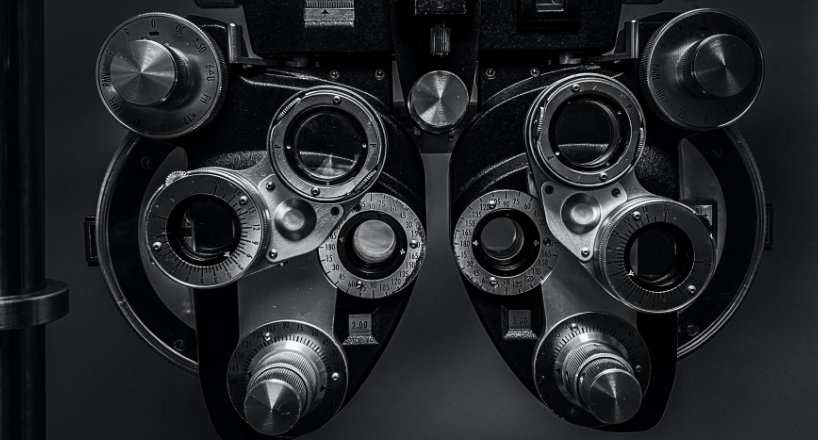Your Infant’s Visual Development

Infant visual development is a critical stage in a child’s growth and has a significant impact on their future learning and development. During the first year of life, the visual system of a baby rapidly develops and begins to make sense of the world around them. In this article, we will explore the various stages of infant visual development, the factors that influence it, and what parents and caregivers can do to support healthy visual development in their children.
Birth – 3 months
Due to the fact that newborn babies’ eyes and visual systems are underdeveloped, they can not focus their eyes on close objects or view depth or color. Infants require to learn to move, focus, and coordinate eye movements to team the eyes (have them move together as a team).
The brain also requires to discover how to process the visual info from the eyes to comprehend and interact with the world. In fact, till about 3 months, the optimum distance an infant can focus on has to do with 8– 10 inches from their face, about the distance their moms and dads deal with, will be throughout the feeding.
Your child will start to be able to perceive color within the first 2-3 weeks, however, it will take a few months to discover how to focus and utilize the eyes, track objects, differentiate between 2 objects, and shift from one object to the other. Throughout this time you may observe that the eyes appear crossed and do not collaborate or group. This is rather typical in the early phases of development, however, if one eye seems continuously kipped down or out, look for a physician’s evaluation.
At around three months, as hand-eye coordination begins to develop, an infant needs to be able to follow a moving target with their eyes and grab objects.
4-6 Months
By 6 months, your baby will begin to move his eyes with more speed and precision, seeing at further distances and focusing well. Color vision should be totally developed and the eyes ought to be able to work as a team and follow moving things with relative ease. Hand-eye coordination and depth of understanding ought to be considerably enhanced as your child will start to comprehend the 3-dimensional world around them.
At 6 months, you must take your baby for his or her very first extensive eye test to guarantee that the eyes are developing on track and there are no signs of congenital or infant eye disease.
7-12 Months
At this phase of advancement, children will be collaborating vision and body movements by crawling, comprehending, standing and exploring the surrounding world. They ought to be able to judge ranges precisely, toss a ball toward a target and get a small object with their fingers.
Delays in motor advancement can in some cases show a vision problem.
The First Eye Exam

While at 6 months, your baby will not be able to check out an eye chart, eye doctors can carry out an infant eye exam through non-verbal testing to assess visual skill (for nearsightedness, farsightedness or astigmatism), eye teaming capabilities and eye positioning. The eye medical professional will likewise be able to see inside the eye for any indications of disease or problems that might affect eye or vision health.
InfantSEE®
InfantSEE ® is a public health program in which participating optometrists offer a totally free detailed baby eye test to infants in between 6 and 12 months of age. The program was started to provide available eye and vision look after infants to ensure they have the best opportunities for regular advancement and quality of life.
If your kid has any unusual signs such as excessive tearing, continuous eye misalignment, red or crusty eyes or severe light sensitivity speak with an optometrist as quickly as possible.